Famous
English Gardens
A Visit to
The Royal Botanic Gardens, Kew
Visiting a garden is never a hardship for us. Neither is meeting friends. Doing so during a heatwave and in London? Maybe not the wisest of choices. Fortunately for us, when we arrived at The Royal Botanic Gardens in Kew, a few clouds and a breeze arrived with us. And instead of broiling in the heat, we had the perfect weather to explore one of London’s most famous green spaces.
You find the Royal Botanic Garden in West London, nestled along the meandering Thames. More commonly known simply as Kew Gardens, the area has delighted Brits and tourists for over two centuries. Thirty-odd years ago, we spent one of our first dates wandering the Rhododendron Dell, admiring the Pagoda, and traipsing through huge Victorian greenhouses – and it was lovely to return to do it once more.
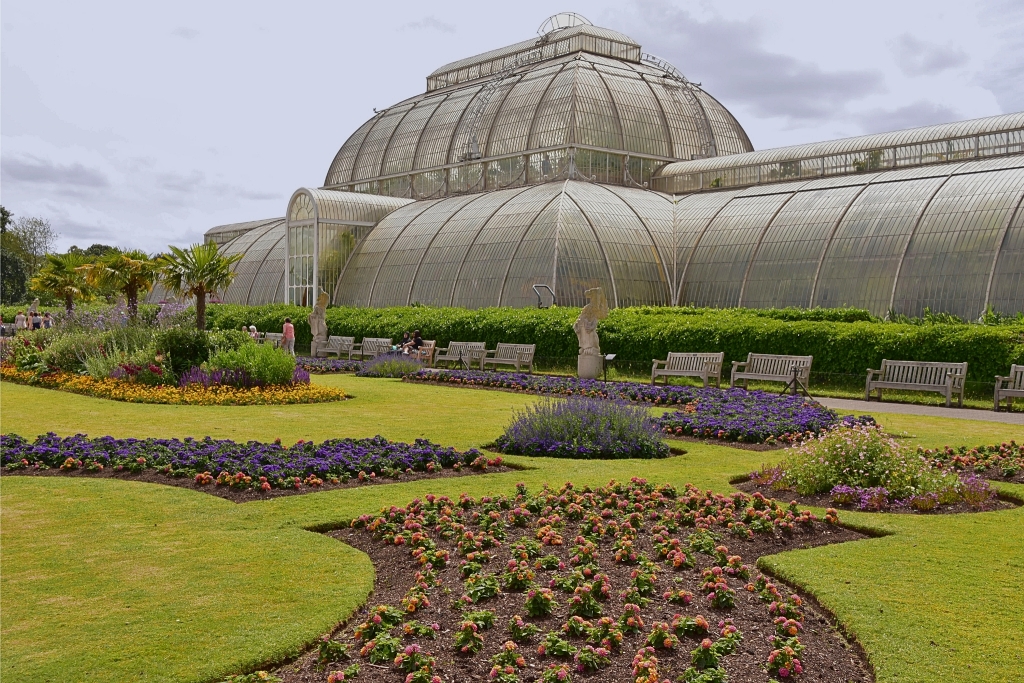 The Palm House at Kew Gardens © essentially-england.com
The Palm House at Kew Gardens © essentially-england.comWhy Build a
Garden?
The English have a thing for gardens. It’s a love affair that goes back to the 18th and 19th centuries, to the age of Enlightenment and the birth of modern science, when landscape gardening and plant collecting became all the rage. Young scions of society collected seeds and plants on their European Grand Tours, and dedicated botanists drew, painted, classified… and eventually roamed the globe in search of new species.
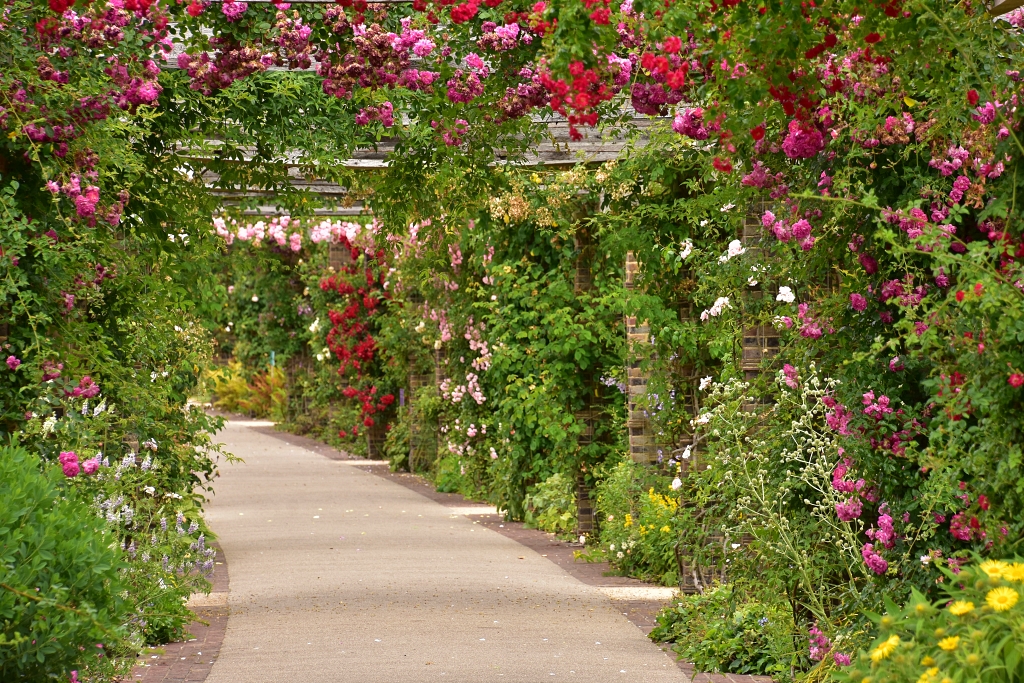 The Agius Evolution Garden © essentially-england.com
The Agius Evolution Garden © essentially-england.comKew’s story also begins in the early 18th century. Back then, the garden was a modest affair of nine acres nurtured by Augusta, Princess of Wales. Later, Sir Joseph Banks, a botanist who accompanied Captain Cook on his voyages, took over the management and transformed Kew from a royal pleasure ground into a centre of scientific inquiry and exploration, accumulating plants from every corner of the British Empire.
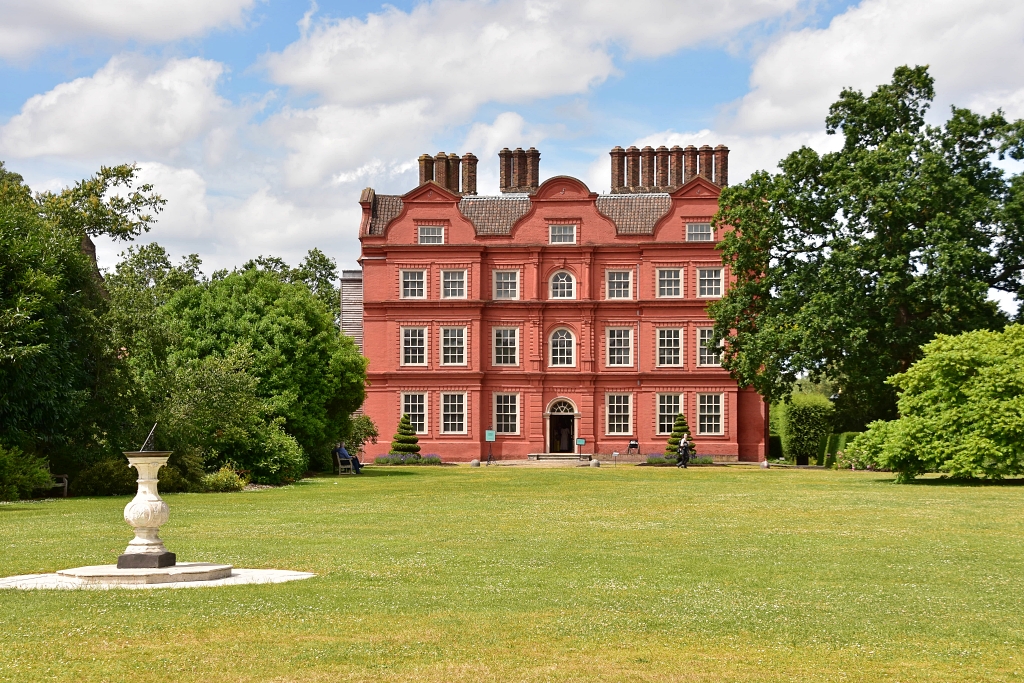 Kew Palace © essentially-england.com
Kew Palace © essentially-england.comThe Great
Buildings of the Royal Botanic Gardens, Kew
Promotional images for The Royal Botanic Garden don’t just show trees, immaculate borders, or exotic blooms! Kew Gardens as famous for its greenhouses and buildings as it is for the plants growing in them and a visit would be incomplete without trailing through and around them.
Our first stop was the Waterlily House, which lived up to its name with some wonderful blooms!
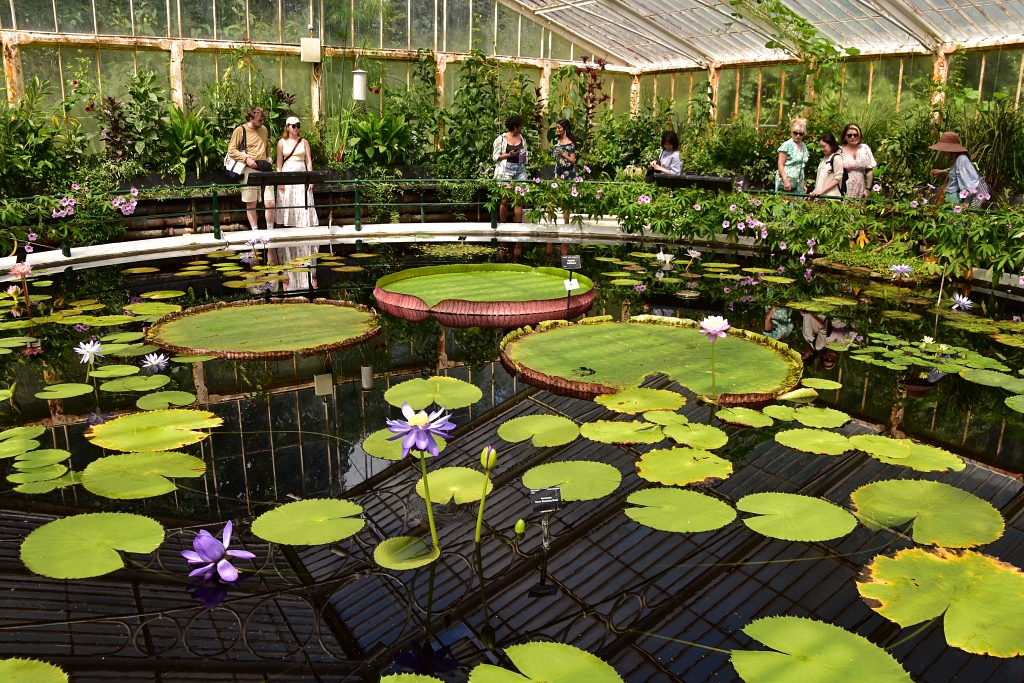 The Waterlilly House in Kew Gardens © essentially-england.com
The Waterlilly House in Kew Gardens © essentially-england.comThen, there’s the Palm House - a Victorian masterpiece of iron and glass designed by Decimus Burton and Richard Turner, and often considered one of the most important surviving Victorian glass and iron structures in the world. Inside, it houses a tropical rainforest. Palm trees and exotic spices like vanilla vines and peppercorn grow side by side with orchids, exotic trees like mahogany, and flowering plants in vibrant colours.
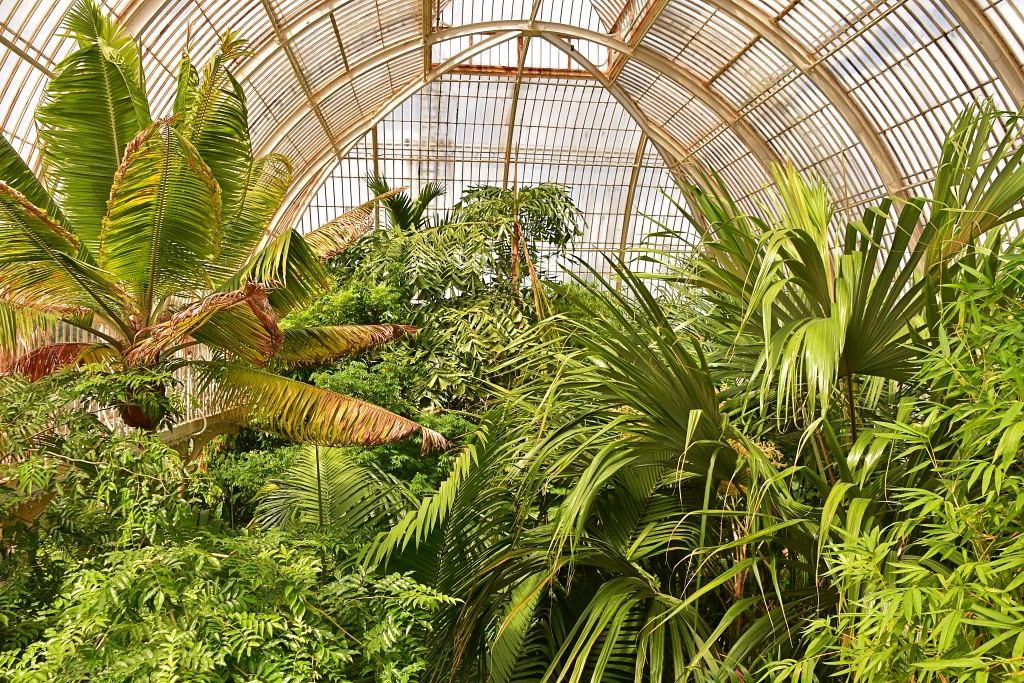 The Upper Walkway of the Palm House © essentially-england.com
The Upper Walkway of the Palm House © essentially-england.comAnother jewel in Kew’s crown is the Temperate House, the largest Victorian glasshouse in existence. It houses an impressive array of temperate zone plants and bonsai – which on this visit, we didn’t get to see, as the greenhouse was closed for a private event. Which didn’t stop us from admiring the mix of glass and steel from the outside… the way the Victorians would have done a century ago.
And finally, there’s the Princess of Wales Conservatory, beloved by children for its collection of flesh-eating plants, and also home to a most wonderful collection of cacti and succulents.
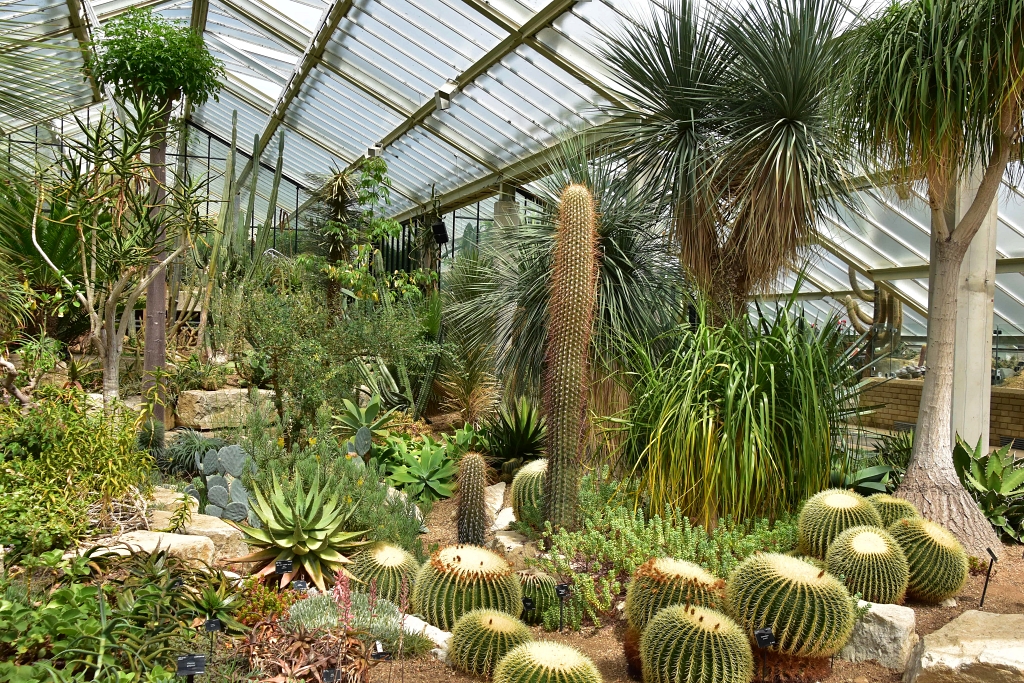 Inside the Princess of Wales Conservatory © essentially-england.com
Inside the Princess of Wales Conservatory © essentially-england.comAfter the greenhouses, there’s more to see.
- A rose garden
- A stand of towering redwood trees
- A treetop walk
- A lake with a wonderful view across to Syon House
- A Herbarium
- A Lane of Gingko Trees and a Rhododendron Dell
- Mediterranean and Japanese Gardens
- And, of course, The Great Pagoda
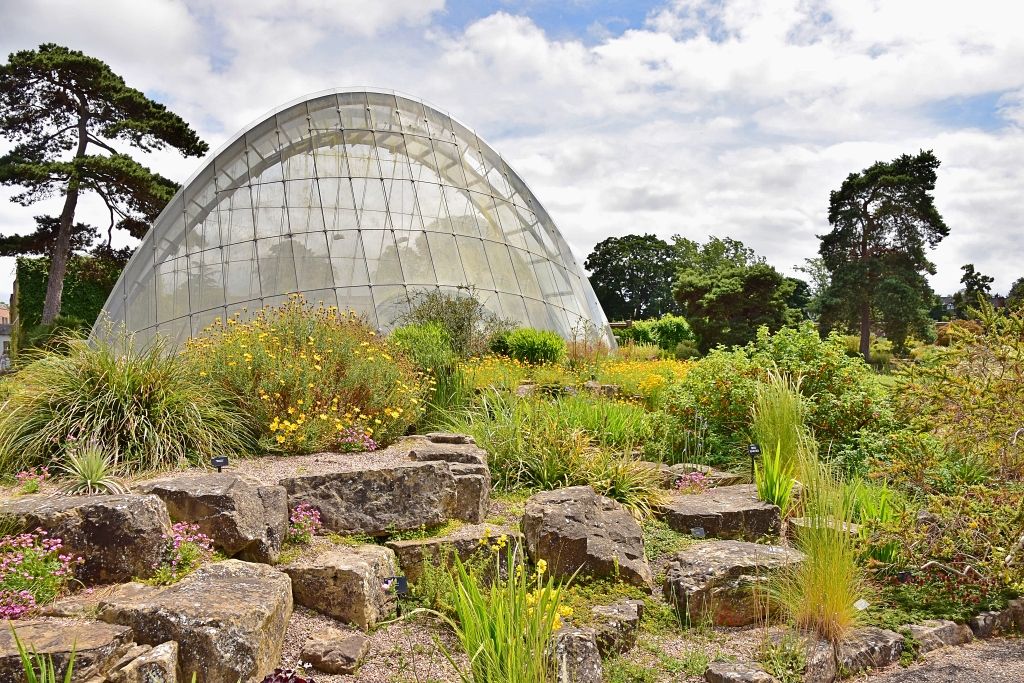 The Rock Garden and Davies Alpine House © essentially-england.com
The Rock Garden and Davies Alpine House © essentially-england.comWe spent the day at Kew Gardens and didn’t manage to see all of it!
That’s because the gardens are vast. But also, because Kew is more than a collection of plants, and walks lined with fabulous trees. It’s a place to see and do, a place to stop and sit and contemplate, and a place to study, collect, and preserve.
The Herbarium at Kew holds over seven million preserved plant specimens. The Jodrell Laboratory focuses on plant and fungal science. And the Millennium Seed Bank, aims to collect and conserve seeds from 25% of the world’s plant species, safeguarding them against extinction.
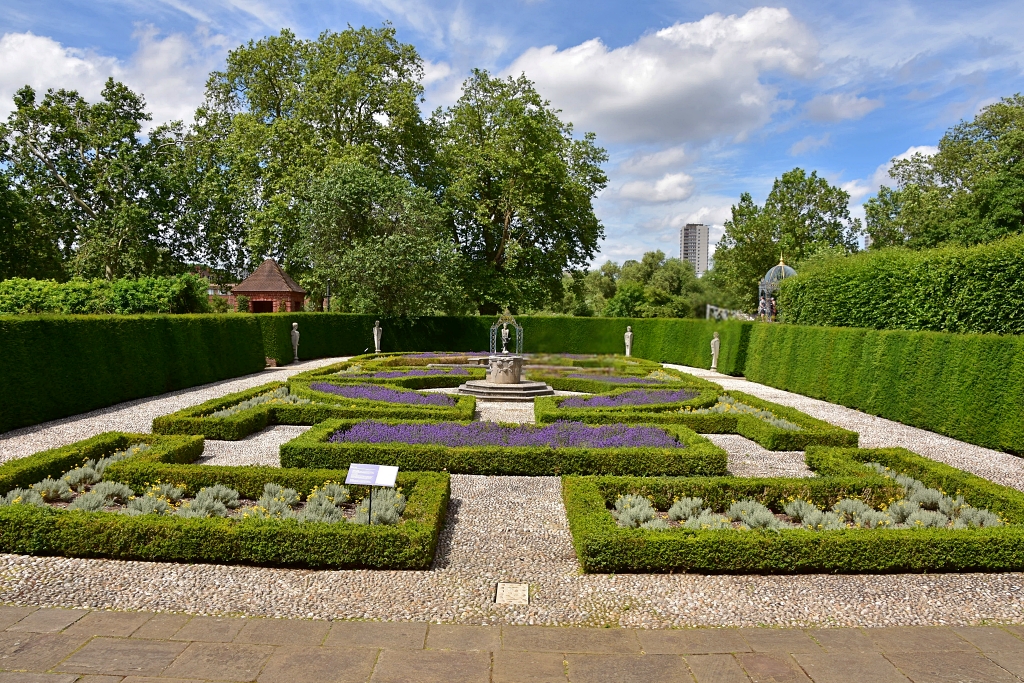 The Parterre Garden of Kew Palace © essentially-england.com
The Parterre Garden of Kew Palace © essentially-england.comIf you need proof that a garden is never static… it’s right here.
It’s even more visible when you visit at different seasons.
Spring sees the Cherry Walk awash with delicate blossoms. Summer’s warmth coaxes the world-renowned Rhododendron Dell into a riot of colour, while the Great Broad Walk Borders offer a kaleidoscope of blooms, and the Mediterranean Garden reminds you of past trips to Greece or Italy. Autumn paints the Arboretum with hues of gold and crimson, and winter is best appreciated in the tranquil Rock Garden, the Japanese Garden, and the walks leading to the Great Pagoda.
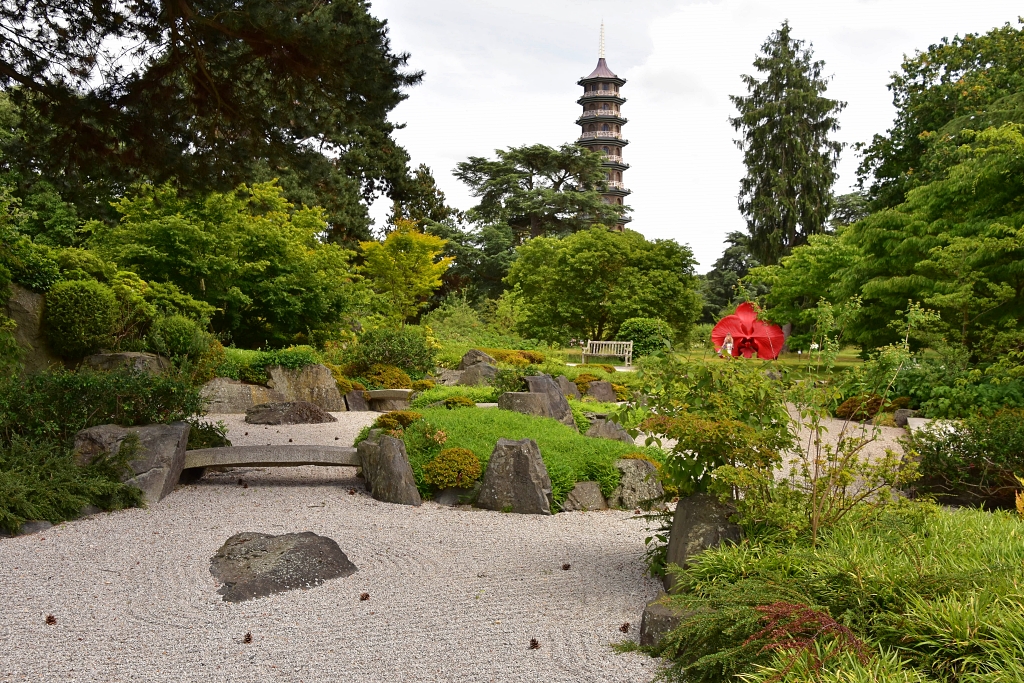 The Japanese Garden with the Great Pagoda in the Distance © essentially-england.com
The Japanese Garden with the Great Pagoda in the Distance © essentially-england.comSo far, we’ve only seen Kew Gardens in the summer, and many visitors to London won’t have a choice when to go. It’s a delightful day out whatever time of year you visit, but if you have a chance to return, try to do so and you’ll find an entirely different experience waiting for you.
For more information and opening times visit the Royal Botanic Gardens website here.
If you need to find a hotel, then try one of these search platforms...


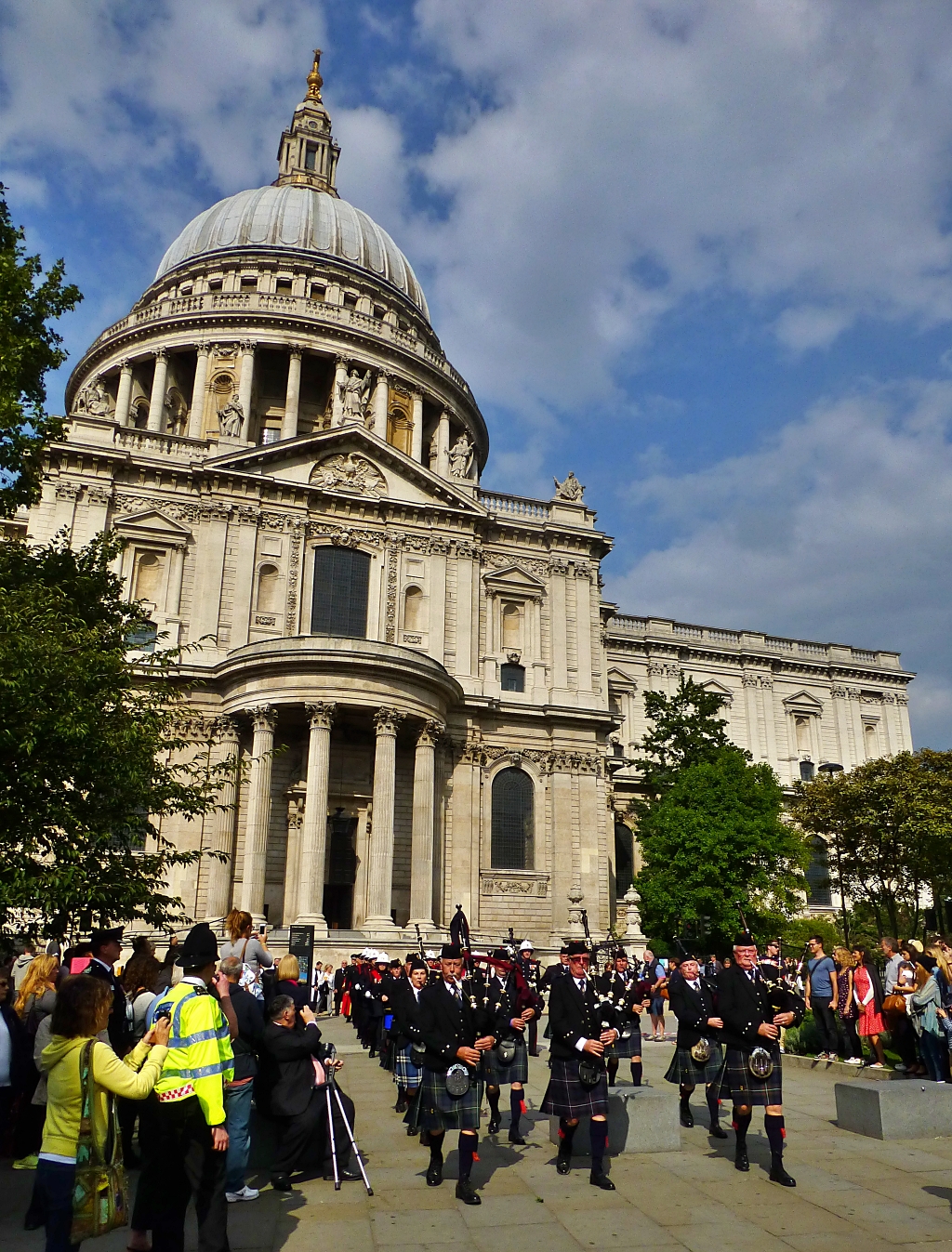

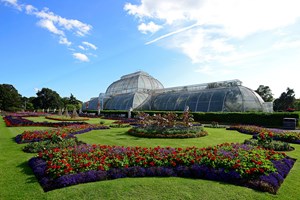
.jpg)








